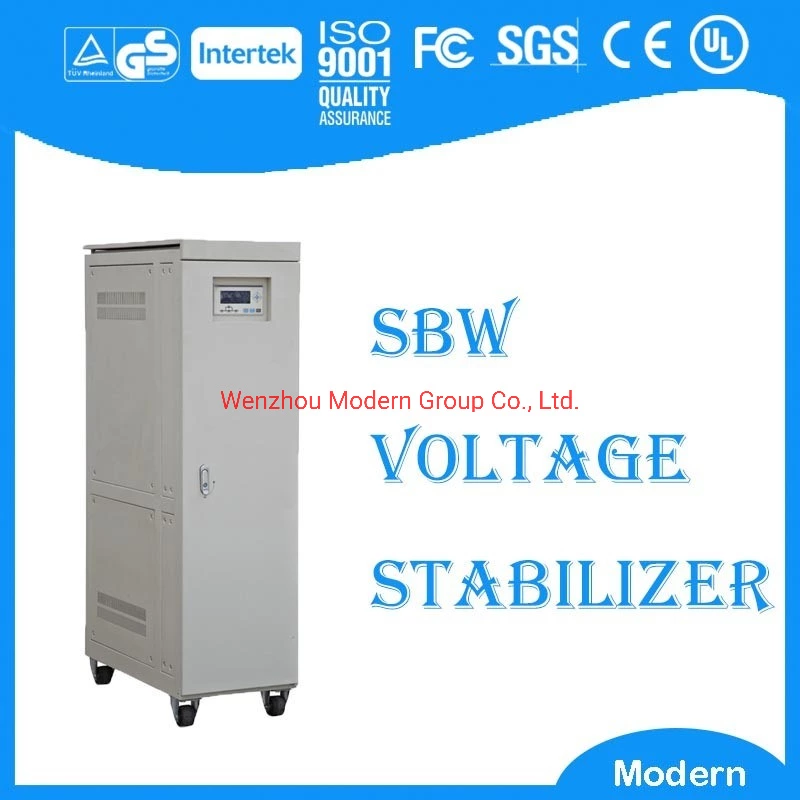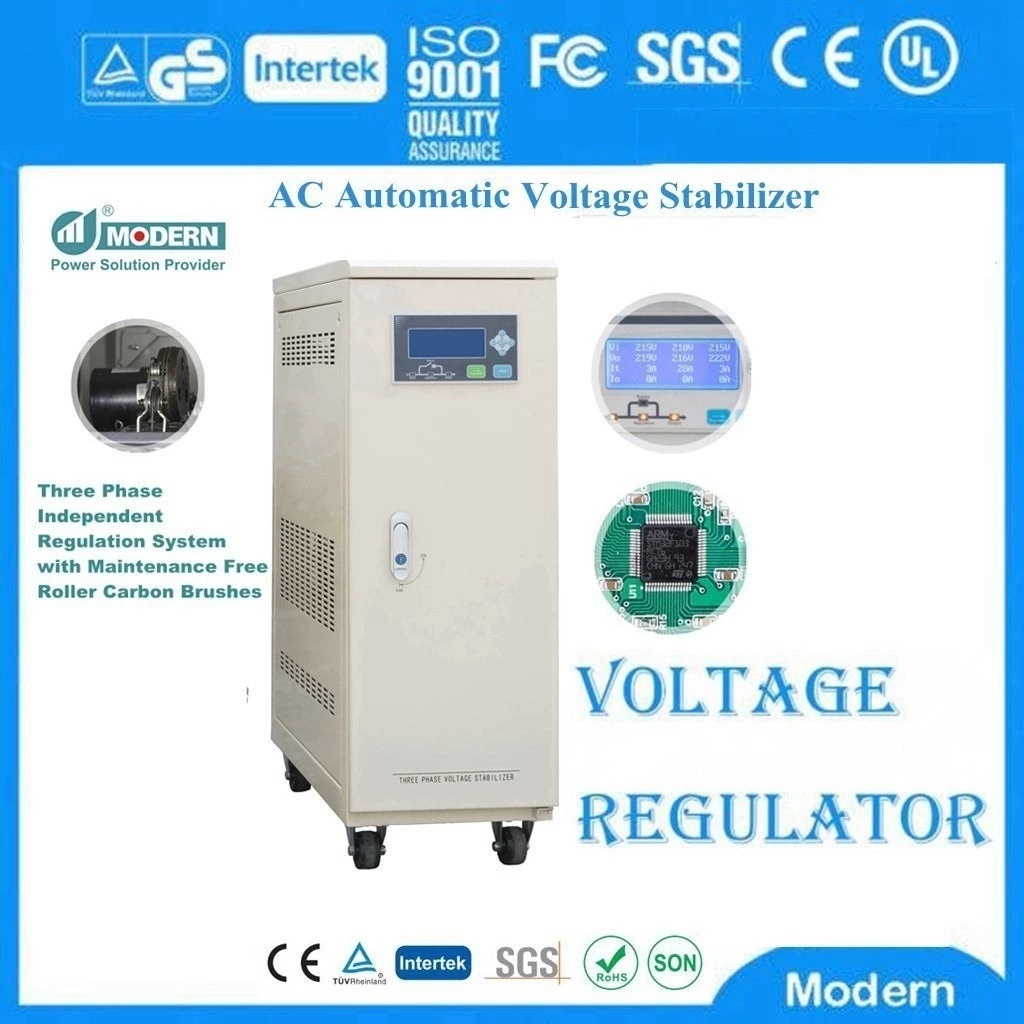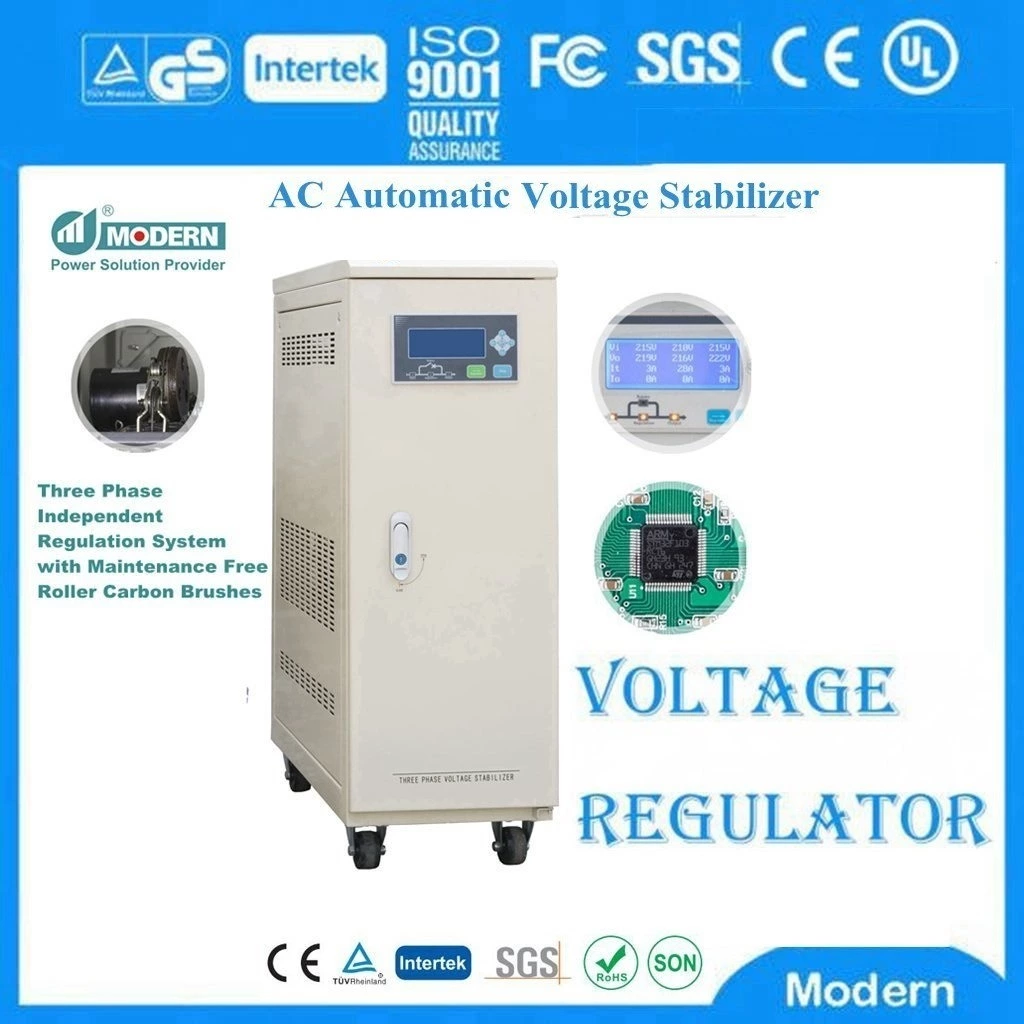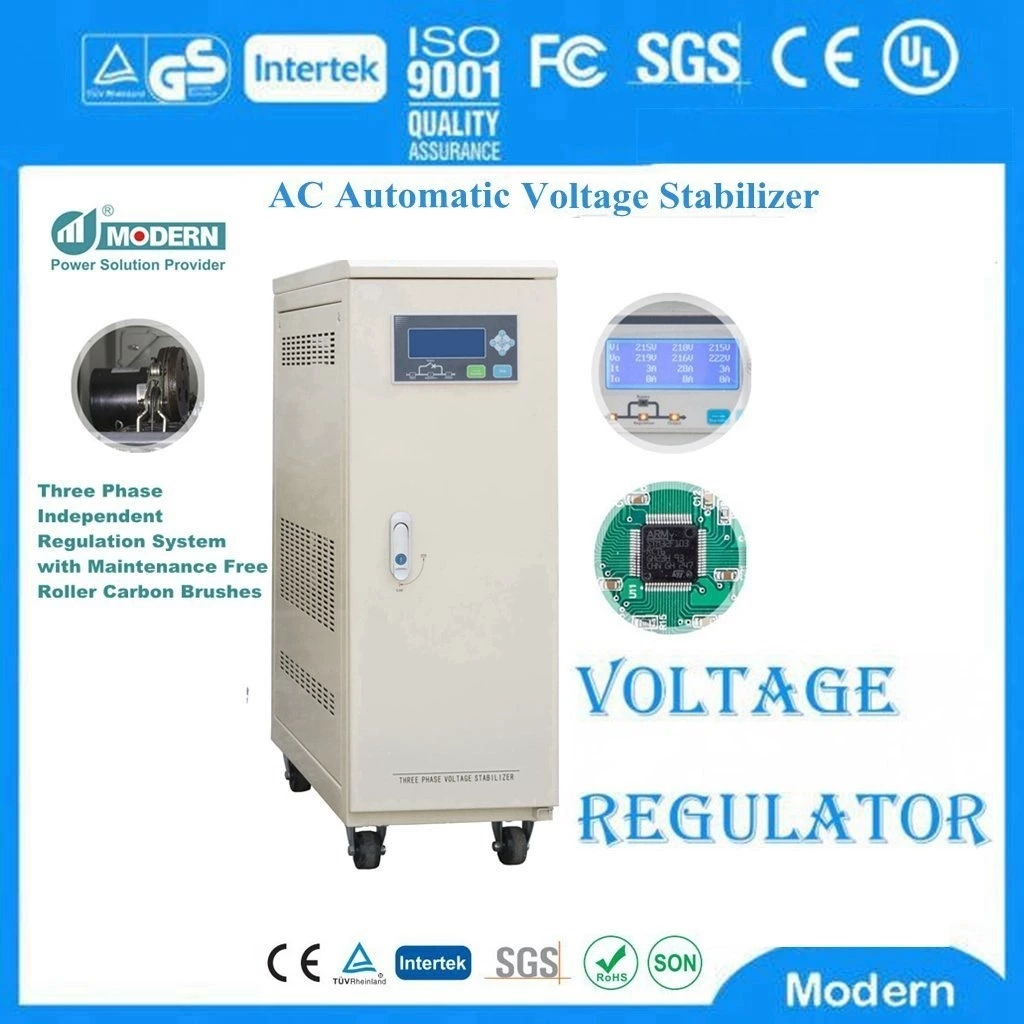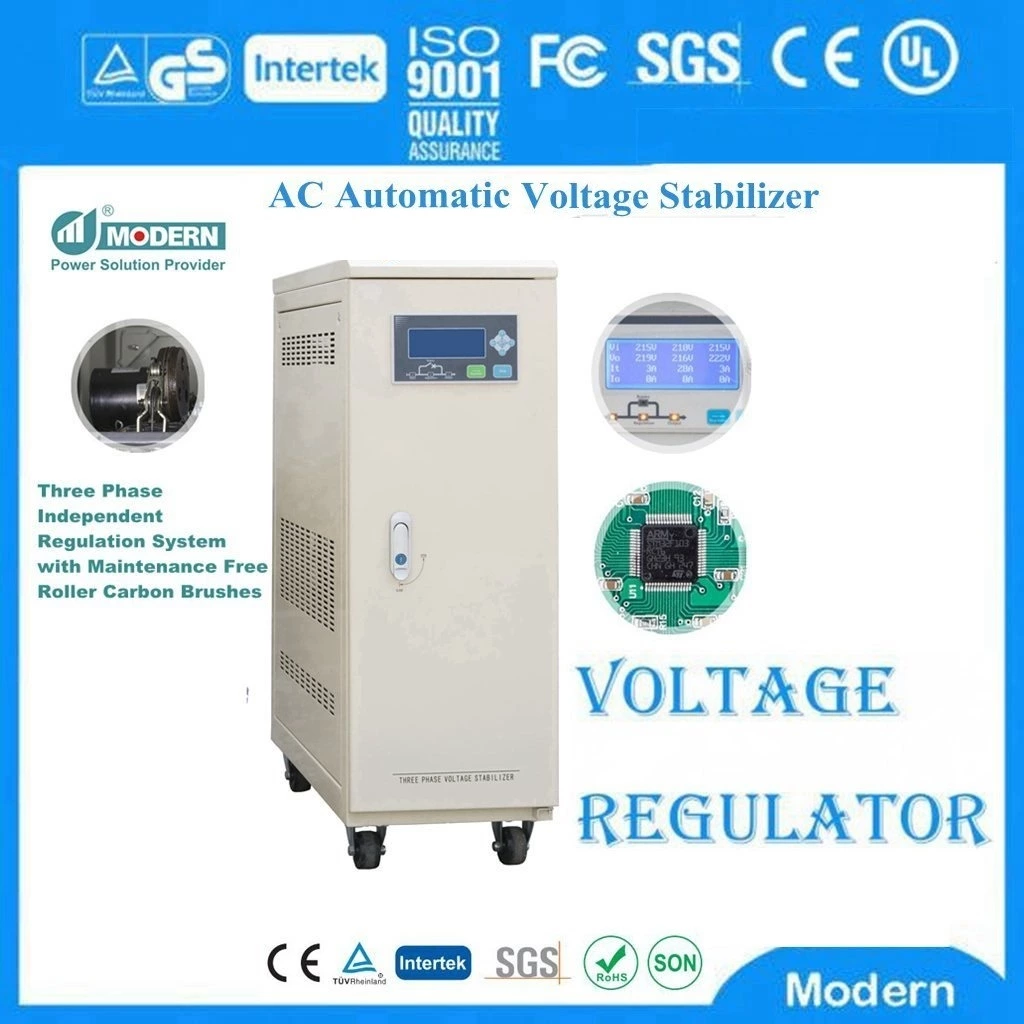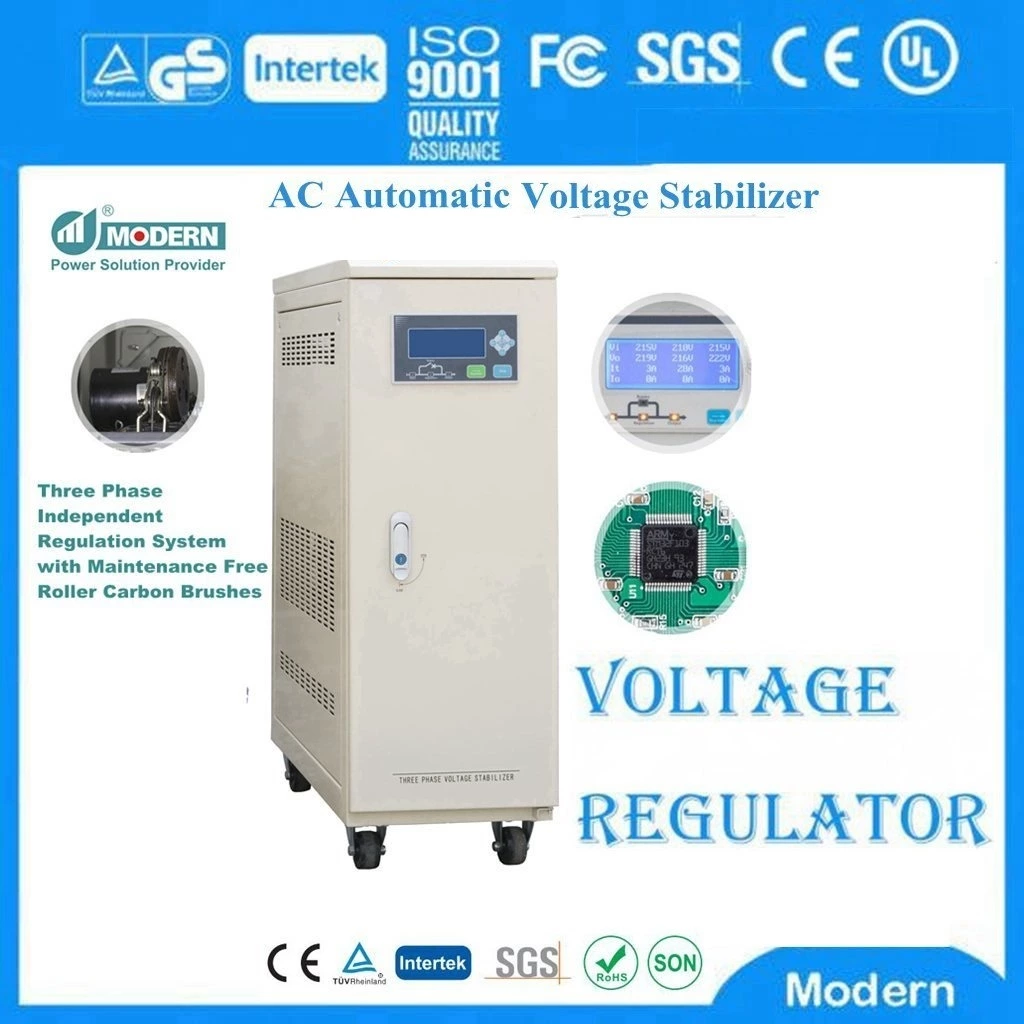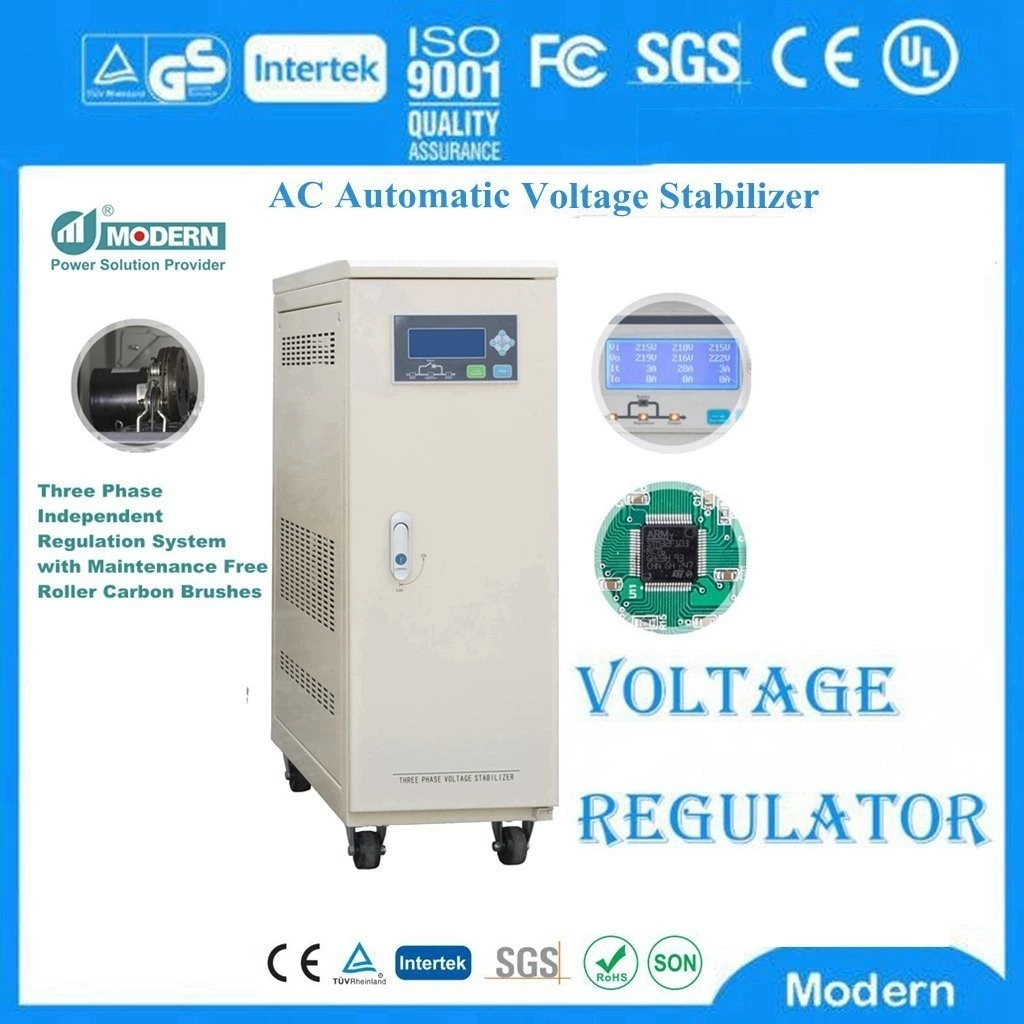Calculate Power Conditioner Size
For single and three phase applications
Calculating the size of a power conditioner is relatively straightforward. The most challenging aspect is usually the determination of the amperage (or current).
Use the links below to jump to the topic of interest
| Amperage Calculating Amperage Full-Load Current Inrush Current Locked Rotor Current |
Peak Current Single-Phase Sizing Starting Current Steady State Current Three-Phase Sizing |
Single-Phase Sizing
1.Determine input voltage for the equipment or circuit to be protected
2.Determine the rated amperage for the equipment or circuit to be protected
3.Multiply the voltage by the current and divide by 1,000 to obtain the size rating in kVA.
Example
A single phase device has a nameplate rating of 120 volts, 40 amps
The single-phase kVA size is then:
120 X 40 = 4,800 volt-amps
4,800 volt-amps ÷ 1,000 = 4.8 kilovolt-amps -- approximately 5 kVA
Three-Phase Sizing
1.Determine input voltage for the equipment or circuit to be protected
2.Determine rated amperage for the protected equipment or circuit
3.Multiply the voltage by the current by 1.732 and divide by 1,000 to obtain the size rating in kVA
Example
A three phase device has a nameplate rating of 480 volts, 60 amps
The three-phase kVA size is then:
480 X 60 X 1.732 = 49,882 volt-amps
49,882 volt-amps ÷ 1,000 = 49.9 kilovolt-amps -- approximately 50 kVA
Amperage/ Inrush Current
AC amperage is a measure of the flow of current to a device or in a circuit. Electrical devices will draw varying amounts of current depending on their operating state or the amount of work they are doing. For example, the current flow into a three phase electric motor goes from zero (off) to a peak level (peak, locked rotor, starting, or inrush current) and drops down to an intermediate level (full-load or steady state current). The starting current for a three phase motor can be 5 to 10 times that of the full-load current. Also see Overload Capacity.
Amperage Calculation
Determining the amperage to use in the KVA size calculation depends on the type of power conditioner to be used. For power conditioners with a high overload capacity, the steady state or full-load amperage is typically used. For power conditioners with low tolerance to overload conditions the starting or peak amperage is typically used. As could be expected, it is not unusual for power conditioners with high tolerance to overload to be sized 20 to 50% smaller than their intolerant counterparts.
There are several ways to determine these amperages.
The first way would be to get the amperages from the nameplate or documentation for each device. This method tends to be fairly accurate and can often be accomplished fairly easily.
A second way would be to determine the circuit breaker amperage rating for the circuits protected by the power conditioner. This method tends to give values that are too high for overload tolerant units and may be too low for the intolerant types.
A third way is to measure the current for the devices or circuits to be protected. This method should only be undertaken by qualified technicians or professionals familiar with measurement method and safety procedures. This method can provide very good results as long as one can be certain that amperage measured accurately represents the expected maximum draw.
In all cases, it is prudent to ensure that there is some amount of margin in the calculation of the amperage, not for the benefit of the power conditioner, but to ensure that the power conditioner is not undersized.
 Русский
Русский
 Français
Français
 Português
Português
 Español
Español
 اللغة العربية
اللغة العربية
